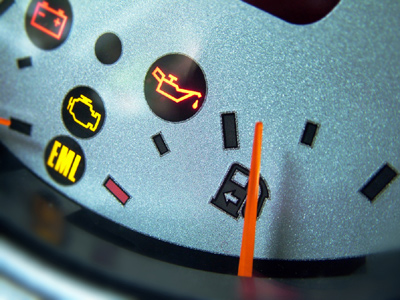
Ask the AI Tutor
Need help with Ratio (Year 6)? Ask our AI Tutor!
AI Tutor - Lucy
Connecting with Tutor...
Please wait while we establish connection

For every 4 litres of petrol a car can travel 80km. 5 litres of petrol is required for a journey of 100km.
Ratio (Year 6)
Ratios in Year 6 Maths help pupils compare quantities, scale numbers, and solve problems involving recipes, maps, and models in everyday life.
1 .
Jo mixes 400ml of orange juice to every 200ml of pineapple juice to make a fruit cocktail. How much orange juice will she need to make 900ml of fruit cocktail?
200ml
400ml
600ml
800ml
There is 400ml in every 600ml. 900ml = 1.5 x 600ml. So multiply 400ml by 1.5
2 .
In a box of chocolates there are 4 milk chocolates to 3 dark chocolates. How many dark chocolates in a box of 49 chocolates?
7
21
28
30
There are 3 dark chocolates in every 7. There are seven 7s in 49 so we multiply 3 by 7
3 .
For every 4 litres of petrol a car can travel 80km. How much petrol is required for a journey of 100km?
5 litres
8 litres
10 litres
12 litres
If 4 litres can travel 80km we divide by 4 to find 1 litre will travel 20km. So 5 litres will travel 100km
4 .
The proportion of brick houses is 3⁄10. How many brick houses in a street of 100 houses?
6
10
30
50
If 3?10 of the houses are brick, then 100 is 10 times 10 so we multiply by 10 to get 30?100
5 .
In every 10 tiles there are 2 red tiles. What is the proportion of red tiles?
1⁄3
1⁄4
1⁄5
1⁄2
2?10 and 2:10 are the same as 1?5 and 1:5
6 .
A biscuit recipe needs 250g flour, 150g of sugar and 150g of butter to make 6 biscuits. How much butter is needed to make 18 biscuits?
150g
300g
400g
450g
18 is 3 x 6 so we multiply 150g by 3
7 .
In every 12 tiles the proportion of blue tiles is 3⁄4. How many blue tiles in every 12?
3
6
8
9
3?4 of 12 is 9
8 .
In a grid of 10 squares 4 are white and the rest are blue. What is the ratio of white to blue?
1:2
2:4
4:6
5:6
10 - 4 = 6 so there are 6 blue squares for every 4 white squares
9 .
If there is a 10:1 ratio between black squares and white squares which number represents white squares?
1
2
5
10
The 10 represents black and the 1 represents white because black was mentioned first and white second
10 .
There are 2 white cubes for every 1 blue cube. What proportion are blue cubes to white cubes?
1⁄3
1⁄4
1⁄5
1⁄2
1?2 is the same as 1:2
You can find more about this topic by visiting BBC Bitesize - How to convert ratios into fractions and percentages
**Unlimited Quizzes Await You! 🚀**
Hey there, quiz champ! 🌟 You've already tackled today's free questions.
Ready for more?
Ready for more?
🔓 Unlock UNLIMITED Quizzes and challenge yourself every day. But that's
not all...
not all...
🔥 As a Subscriber you can join our thrilling "Daily Streak" against other
quizzers. Try to win a coveted spot on our Hall of Fame Page.
quizzers. Try to win a coveted spot on our Hall of Fame Page.
Don't miss out! Join us now and keep the fun rolling. 🎉
**Unlimited Quizzes Await You! 🚀**
Hey there, quiz champ! 🌟 You've already tackled today's free questions. Ready for more?
🔓 Unlock UNLIMITED Quizzes and challenge yourself every day. But that's not all...
🔥 As a Subscriber you can join our thrilling "Daily Streak" against other quizzers. Try to win a coveted spot on our Hall of Fame Page.
Don't miss out! Join us now and keep the fun rolling. 🎉






